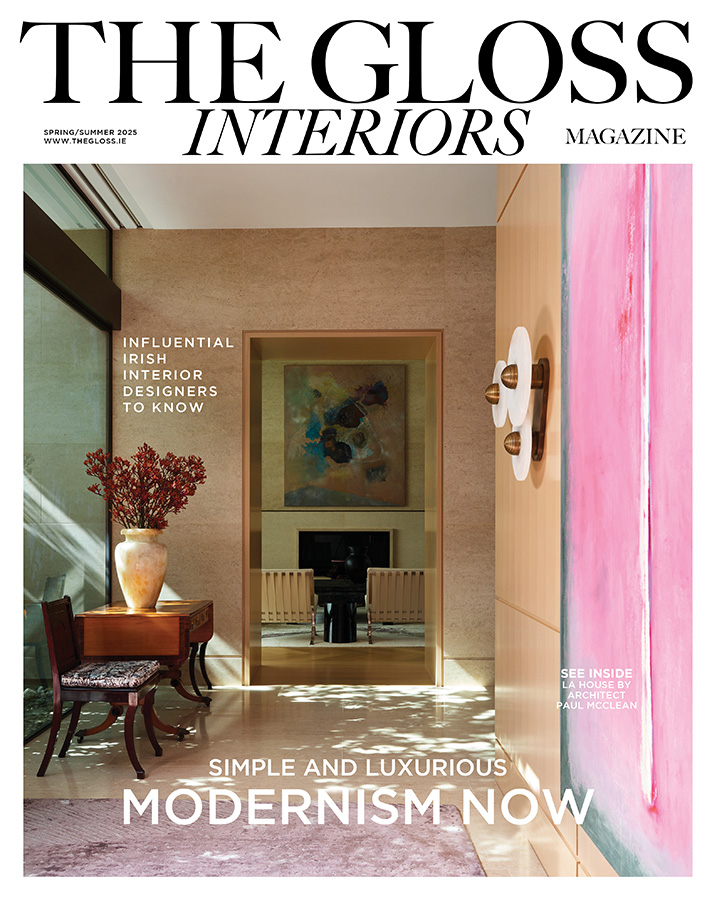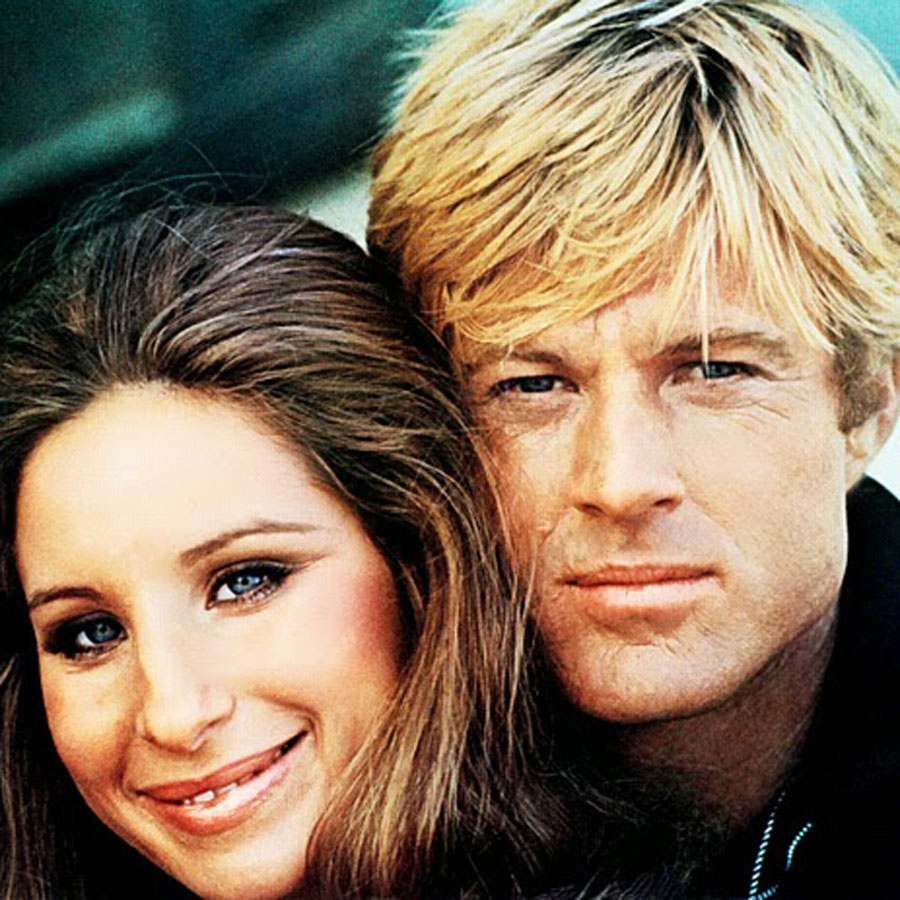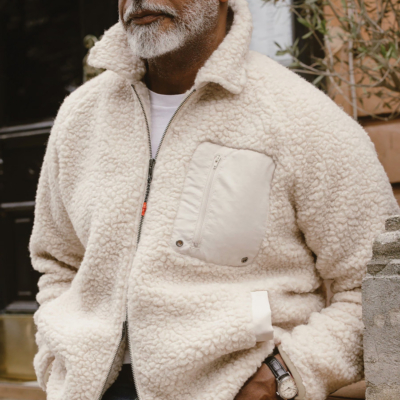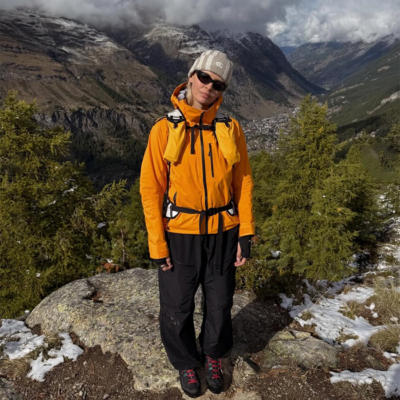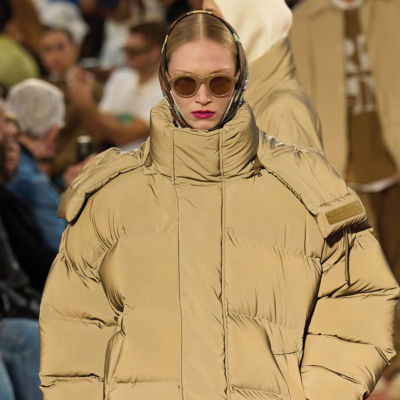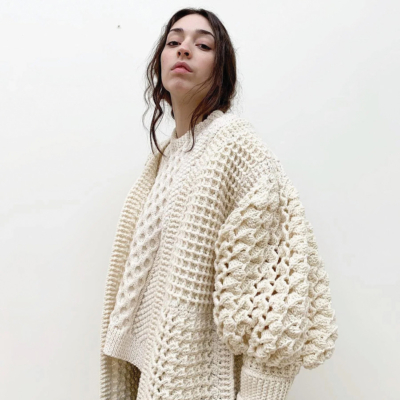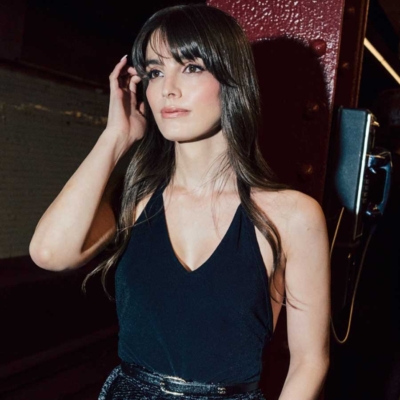The elusive star and ecology advocate left his mark on sartorial fashion as much as cinematic history …
Much has been written about Hollywood heartthrob and Oscar-winning filmmaker Robert Redford – famous for legendary movies including Butch Cassidy and the Sundance Kid and The Sting – since he passed away aged 89.
Perhaps less well known is his impact on menswear or the wardrobe inspiration he provided onscreen and off duty. There was no need to gild the lily given his naturally good looks, which he wore lightly. Let’s face it: he stunned in anything, even a bedsheet – per his character Hubbell Gardiner in The Way We Were.
Given his roles and penchant for relaxed, uncomplicated outfits, he became a symbol for understated elegance throughout the 1960s and 1970s. I associate him with preppy, Ivy League classics such as cable knit and Fair Isle sweaters, pea coats, immaculate tailoring and Aviator sunglasses. He was sporty – he attended the University of Colorado on a baseball scholarship and famously insisted on doing his own stunts – which kept him lithe and an ideal model for a succession of costume designers from Edith Head to Bernie Pollack.
His wardrobes onscreen were as mesmeric as his famous close-ups, especially as Jay Gatsby in The Great Gatsby. “He took out a pile of shirts and began throwing them one by one before us,” reads one of the most famous passages of Fitzgerald’s novel. “Shirts of sheer linen and thick silk and fine flannel which lost their folds as they fell and covered the table in many-coloured disarray. While we admired he brought more and the soft rich heap mounted higher — shirts with stripes and scrolls and plaids in coral and apple-green and lavender and faint orange with monograms of Indian blue.” Redford’s shirts were provided by Turnbull & Asser, the Jermyn Street shirtmaker while his suits were by Ralph Lauren. Who can forget his brown pinstripe three-piece suit with giant lapels or the white flannel suit, silver shirt and gold-coloured tie – a masterclass in suiting?
Other memorable costumes were for Redford’s bookish character Bob Woodward in All The President’s Men, amplified further in The Day of the Condor when his wardrobe of tweed sports coats, chambray shirts and hiking boots looks as current today as it did in 1975.
Redford also aced casual cowboy cool – from double denim to beat-up leather jackets – perhaps because he was living this outback lifestyle in his private life. He fell in love with Utah where his first wife, Lola, was raised as a Mormon.
Shunning the Hollywood lifestyle in LA, he bought his first two-acre plot for $500 in 1961 and built a cabin on the land, outside Provo. His wardrobe of jeans, button-down shirts and down jackets suited this rugged backdrop. In fact, one of his most acclaimed roles was as frontiersman Jeremiah Johnson in 1972. The film kickstarted a trend for men wearing full beards and suede shirts.
Throughout his life, Redford continued to buy up land around his original plot and developed the area into an exclusive ski resort. A passion for ecology guided him and environmental issues were a preoccupation, with his love of wide open spaces a priority. Fellow actors described him variously as aloof and inscrutable. Even longtime friend Paul Newman admitted that he didn’t really know Redford. In this respect, he was much like the character of Denys Finch Hatton, the aristocratic game hunter he played in Out of Africa co-starring Meryl Streep. That role became a style moment with the leading man rocking rugged khakis. “One of the lions has passed,” said Meryl Streep as tribute. What a lion, indeed.




